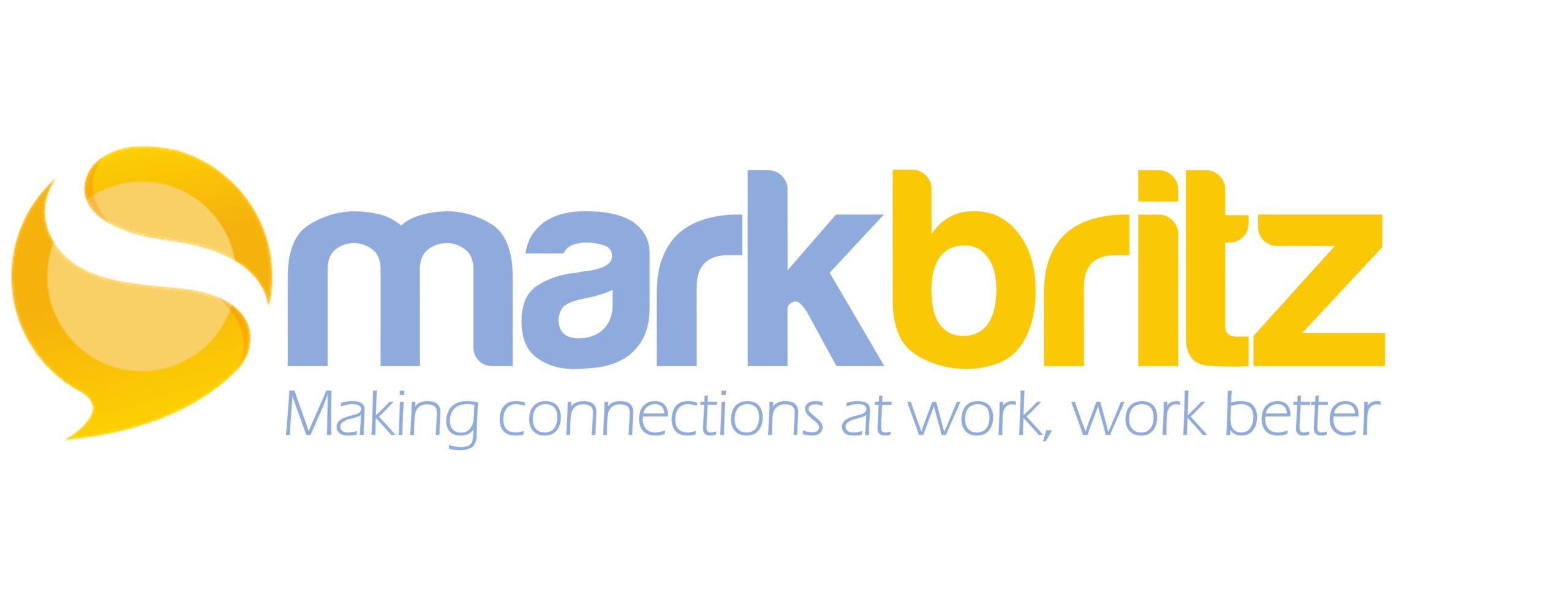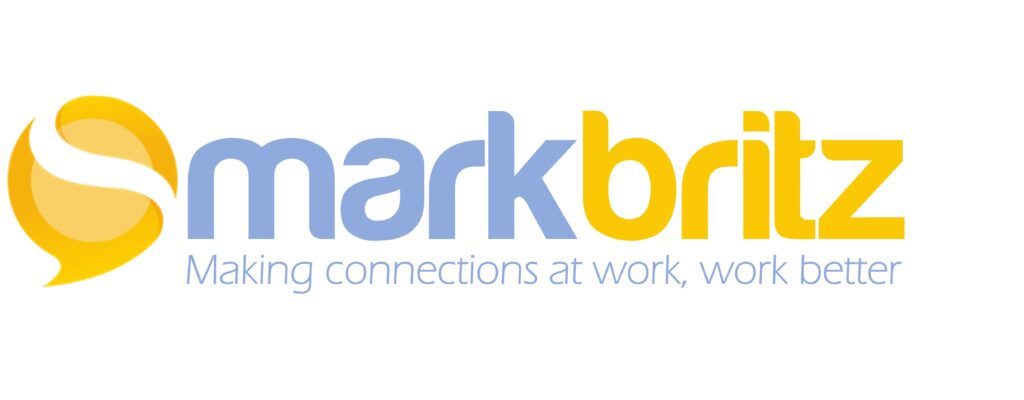I’ve been consulting with a local non-profit organization over the past 12 months. After initially doing an assessment of needs (identifying issues with resiliency) we determined a course of action would be to complete their strategic plan (started in 2018). By doing so, they would have a 3 year flexible plan to help build their capacity in several areas.
Needless to say, strategic planning isn’t my area of expertise BUT helping them create a sustainable system that would ensure they meet the goals of the strategic plan is! Especially when the system places social at the center. They key points about the effort are that 1. a strategic plan is met by those who do the work of the organization! If their work isn’t working to achieve the goals and ultimately that of the mission, then why bother?? 2. communication, transparency and support are to be central to the design… very social elements.
Over several months, staff and board collaboratively developed and refined the strategic plan while I formulated the strategy to ensure it was achieved.
Here’s what a proposed:
- A frame work I dubbed “Team of Teams“. It’s a framework because the organization has unique workflows, cross over roles and other nuances that invite input and co-creation (social inherent in a framework).
- The formation of 3 levels of teams:
- Level 1: “Work teams“. Like it sounds these are made up of individuals who primarily work together and have the same goals. In other organizations this would be a department (i.e. Marketing). They are to meet monthly to ensure the work they have identified is aligned to the strategic plan and they are progressing.
- Level 2: “Support team“. Again, as the name implies their purpose is to maintain momentum, accountability and support. This team is made up of rotating members of each work team and they meet quarterly to share insights, progress and help remove barriers other teams may be facing
- Level 3: A “Communication team“. This is a 2 person team, that rotates members and is set by Support Team. They attend Board Meetings (every 2-3 months) and serve to communicate over all progress and return with insights shared by the board that may be direction changing.
- Flexible structure. Team meeting days, times and durations as well as goals are determined by the members. Once a month is the guideline for work teams. More frequently OK, but not less so. Membership is also internally determined as workflows from org to org vary. The simple, singular goal is each year, meet that year’s strategic goal.
- One Page Business Plans (1PBP). Each team, each year is asked to craft a 1PBP. Like its sounds, it’s the actions they plan to take (or are already taking) to meet the goals of the that year’s strategic goals. The draft them and monitor them throughout the year. They can add more or cross some off if the actions complete. It’s a living document.
As I write this the organization is finalizing teaming and taking an individual run at crafting actions on the 1PBP. They will meet as a whole (its a very small organization) to refine and form the teams in early May. Then all meetings will be calendared, the support team will be formed and each representative will share their actions against goals to ensure that efforts are being made to achieve each goal this year and there are no redundancies.
Stay tuned!

